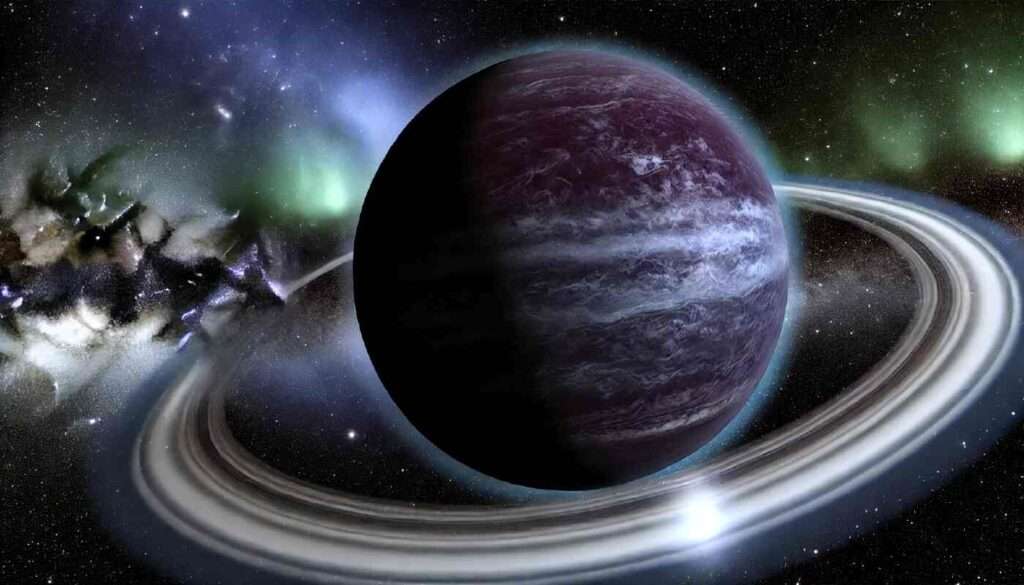Despite years of searching, astronomers have yet to capture Planet X images, leaving us to wonder about this elusive giant at the edge of our Solar System.
Why haven’t we seen Planet X yet? The quest to capture images of this mysterious planet continues to challenge astronomers and intrigue the world.
For decades, the possibility of a hidden planet lurking beyond Neptune has captivated both scientists and the public. Often referred to as Planet X or Planet Nine, this hypothetical world is believed to be influencing the orbits of distant celestial bodies. Yet, despite advanced technology and persistent efforts, no Planet X images have surfaced. This raises the question: why is Planet X so hard to find?
The Hypothesis of Planet X
The concept of Planet X emerged to explain peculiarities in the orbits of objects in the Kuiper Belt—a region of icy bodies beyond Neptune. In 2016, astronomers Konstantin Batygin and Mike Brown from the California Institute of Technology published a study in The Astronomical Journal suggesting that a massive, unseen planet could be responsible for the unusual clustering of these objects. Their research posits that Planet X could be about ten times the mass of Earth and orbit the Sun every 15,000 years.
Challenges in Capturing Planet X Images

“Artistic representation“
One of the primary reasons we lack images of Planet X is its incredible distance from the Sun. If it exists, Planet X could be located anywhere from 400 to 800 astronomical units (AU) away. To put that into perspective, Pluto is about 39 AU from the Sun. At such distances, Planet X would receive very little sunlight, making it extremely dim and difficult to detect with current telescopes.
Additionally, the vast area of the sky that needs to be searched complicates the task. “Searching for Planet X is like looking for a tiny needle in a gigantic haystack,” says Scott Sheppard, an astronomer at the Carnegie Institution for Science. The planet could be anywhere along its extensive orbit, and without knowing its exact location, astronomers must systematically scan large sections of the sky.
Technological Limitations
While modern telescopes are powerful, they have limitations. Ground-based telescopes face challenges like atmospheric interference and light pollution. Space telescopes like the Hubble Space Telescope offer clearer views but have narrow fields of vision, making them less efficient for wide-area searches.
Upcoming instruments like the Vera C. Rubin Observatory promise to enhance our capabilities. Scheduled to begin operations soon, this telescope will conduct the Legacy Survey of Space and Time (LSST), capturing panoramic images of the sky with unprecedented depth. “The LSST will revolutionize our ability to detect faint objects in the outer Solar System,” notes astronomer Meg Schwamb.
Alternative Methods of Detection
Apart from direct imaging, scientists are exploring indirect methods to find Planet X. By studying the orbits of distant trans-Neptunian objects (TNOs), astronomers can infer the presence of a massive planet exerting gravitational influence. In a recent study published in Nature Astronomy, researchers used computer simulations to model how Planet X could affect the dynamics of these TNOs.
Radio astronomy and infrared surveys are also being utilized. Since Planet X would emit its own heat, infrared telescopes like the WISE (Wide-field Infrared Survey Explorer) have scanned the sky for such signatures. However, these efforts have yet to yield conclusive results.
Skepticism in the Scientific Community
Not all scientists are convinced that Planet X exists. Some argue that the observed orbital anomalies can be explained by the combined gravitational effects of smaller objects or biases in observational data. “Extraordinary claims require extraordinary evidence,” emphasizes astrophysicist Ethan Siegel. Until Planet X images or definitive proof is obtained, skepticism remains a healthy part of the scientific process.
The Importance of Finding Planet X
Discovering Planet X would have significant implications for our understanding of the Solar System. It would challenge existing models of planetary formation and migration. Moreover, it could explain the mysterious alignments of TNOs and shed light on the Solar System’s evolution.
For young aspiring astronomers, the hunt for Planet X represents the excitement of exploration and the possibility of making groundbreaking discoveries. Educational institutions are incorporating the search into their curricula, inspiring students to pursue careers in science.
Public Fascination and Media Representation
The mystery surrounding Planet X has also captured the public’s imagination, often leading to sensationalized stories and misinformation. It’s important to rely on credible sources and scientific evidence when exploring such topics. Organizations like NASA and educational platforms provide accurate information to help the public understand the complexities involved.
Future Prospects
The search for Planet X is far from over. With advancements in technology and collaborative efforts across the global scientific community, the chances of capturing Planet X images are increasing. International projects and surveys are pooling resources to scan the sky more effectively.
As technology progresses, so does our ability to probe the depths of space. The James Webb Space Telescope, for instance, could play a role in detecting faint objects at great distances. “We’re on the cusp of a new era in astronomy,” says astrophysicist Katie Mack. “If Planet X is out there, we have a better chance than ever of finding it.”
Conclusion
The absence of Planet X images highlights the challenges astronomers face in exploring the outer reaches of our Solar System. While the mystery endures, so does the human spirit of curiosity and discovery. The ongoing search not only pushes the boundaries of technology but also inspires us to keep asking questions about our place in the universe.




